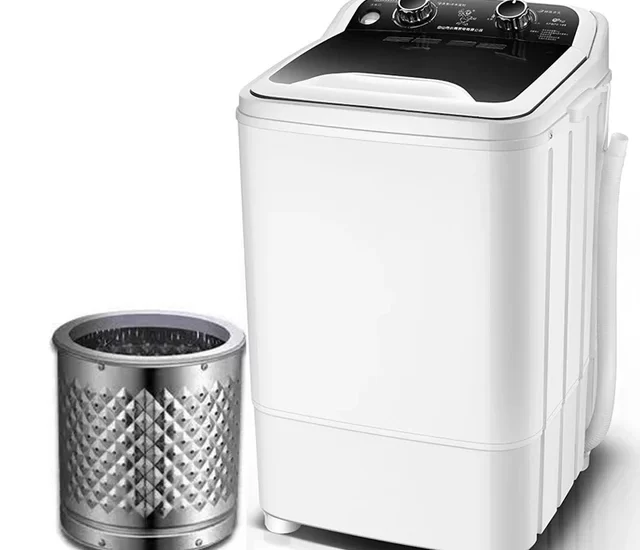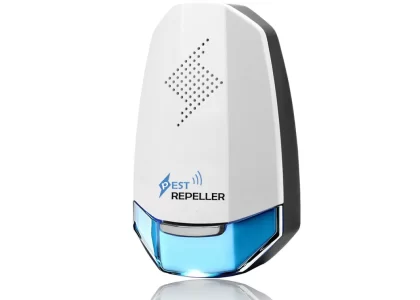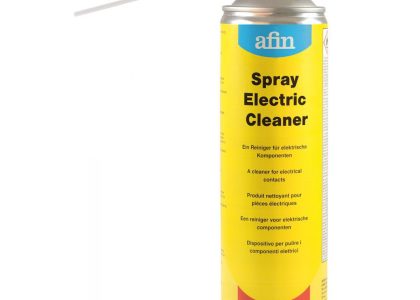 Introduction:
Introduction:
A mildew smell in your washing machine can be unpleasant and frustrating, as it can transfer onto your clean laundry and leave it smelling musty. This odor is usually caused by the growth of bacteria or mold in the moist environment of the washing machine. Understanding the causes of the mildew smell, implementing effective solutions, and adopting preventive measures can help you eliminate the odor and maintain a fresh and clean washing machine. In this comprehensive article, we will explore the causes of the mildew smell, provide solutions to get rid of it, and offer tips for preventing its recurrence.
Here are some of the potential hazards associated with a mildew smell in a washing machine:
The presence of a mildew smell in a washing machine can indicate potential issues that can have several hazards and consequences. Here are some of the potential hazards associated with a mildew smell in a washing machine:
Unpleasant Odor:
A mildew smell in the washing machine can create a persistent and unpleasant odor that can transfer to the clothes being washed. This can result in clothing retaining the smell even after being washed, affecting their freshness and cleanliness.
Mold and Mildew Growth:
The presence of a mildew smell suggests the presence of mold and mildew inside the washing machine. Mold and mildew thrive in damp and dark environments, such as in the rubber seals, detergent compartments, or other areas where moisture can accumulate. The growth of mold and mildew can contribute to poor indoor air quality and cause allergic reactions or respiratory issues for individuals sensitive to mold.
Bacterial Contamination:
Mildew and mold can also lead to bacterial contamination in the washing machine. Bacteria can multiply in the presence of moisture and organic residue left behind from dirty clothes. Bacterial contamination can potentially cause health problems if the bacteria transfer to the clothes during washing and subsequently come into contact with the skin.
Cross-Contamination:
If the washing machine has a mildew smell, there is a risk of cross-contamination between clean and dirty clothes. Mold spores or bacteria can transfer onto clean clothes during the wash cycle, potentially leading to odors, stains, or the spread of bacteria or allergens.
Damage to Washing Machine:
The growth of mold and mildew can also cause damage to the washing machine itself. The rubber seals, hoses, or other internal components can deteriorate due to the presence of moisture and mold, leading to leaks or malfunctions.
To mitigate these hazards, it is essential to address the mildew smell in the washing machine promptly. Thoroughly cleaning and disinfecting the machine, regularly running hot water cycles with a cleaning agent, and properly maintaining the machine by leaving the door open after use can help eliminate the mildew smell and prevent future issues.
 Here are some common types:
Here are some common types:
There are several types of washing machines available on the market. Here are some common types:
Top-Load Washing Machines:
These machines have a vertical drum, and clothes are loaded and unloaded from the top. Top-load washers are generally more traditional in design and often have an agitator in the center of the drum to wash clothes.
Front-Load Washing Machines:
Front-load washers have a horizontal drum and a door on the front for loading and unloading clothes. They are known for their energy efficiency, water efficiency, and gentler washing action. Front-load machines typically do not have an agitator and instead use a tumbling motion to clean clothes.
High-Efficiency (HE) Washing Machines:
High-efficiency washers are designed to use less water and energy compared to traditional machines. Both top-load and front-load machines can be classified as high-efficiency, as long as they meet specific energy and water usage guidelines.
Combination Washer-Dryer:
Combination washer-dryers are compact machines that perform both washing and drying functions in a single unit. They are useful for small spaces or areas where separate washer and dryer units are not feasible.
Portable Washing Machines:
Portable washers are compact and lightweight machines that can be easily moved and stored. They are often used in small apartments, RVs, or for travel purposes. Portable washers typically have a smaller capacity and may require manual filling and draining.
Smart Washing Machines:
Smart washing machines are equipped with advanced technology and connectivity features. They can be controlled, monitored, and programmed remotely through smartphone apps. Smart washers often offer custom wash cycles, energy monitoring, and detergent optimization.
It’s important to consider factors such as the size, capacity, features, energy efficiency, and budget when choosing a washing machine that best suits your needs and preferences.
 Causes of Mildew Smell
Causes of Mildew Smell
Excess Moisture:
Moisture left behind in the washing machine after a cycle can create a breeding ground for bacteria and mold growth.
Residual moisture may be present in the rubber gasket, detergent dispensers, or other hidden areas.
Detergent Buildup:
Detergent residues, fabric softeners, and laundry additives can accumulate in the washing machine.
These buildups can trap moisture and contribute to the growth of bacteria and mold.
 Solutions to Eliminate the Mildew Smell
Solutions to Eliminate the Mildew Smell
Regular Cleaning Routine:
Establish a regular cleaning routine for your washing machine to prevent the buildup of bacteria and mold.
Wipe down the rubber gasket, detergent dispensers, and drum after each use to remove any remaining moisture or residue.
Vinegar Wash:
Run a cycle with hot water and add two cups of white vinegar to the drum.
The vinegar’s acidity helps kill bacteria and remove soap scum and odor-causing buildups.
Baking Soda and Vinegar Wash:
Sprinkle a cup of baking soda into the drum, followed by a cup of white vinegar.
Run a hot water cycle to help remove any remaining odors and clean the washing machine.
Oxygenated Bleach Wash:
Oxygenated bleach, such as hydrogen peroxide or sodium percarbonate, can be effective in eliminating bacteria and mold.
Follow the product instructions and run a hot water cycle with the bleach to disinfect the washing machine.
Preventive Measures
Proper Ventilation:
Ensure proper ventilation in the laundry area to reduce moisture and humidity levels.
Open windows or use exhaust fans to promote airflow and prevent excess moisture from lingering.
Leave the Door Open:
After each wash cycle, leave the washing machine door or lid open to allow airflow and help moisture evaporate.
This will reduce the chances of bacteria and mold growth.
Use Less Detergent:
Overusing laundry detergents can lead to residue buildup in the washing machine.
Follow the manufacturer’s guidelines for detergent usage and adjust according to your load size.
Additional Tips
Regular Maintenance Checks:
Periodically inspect your washing machine for any signs of leakage or water buildup.
Address any issues promptly to prevent moisture-related problems and odors.
Clean Detergent Dispensers:
Remove and clean detergent dispensers regularly to prevent residue buildup.
Soak them in warm soapy water, scrub away any residues, and rinse thoroughly before reinstalling.
 Conclusion:
Conclusion:
Eliminating the mildew smell in your washing machine is crucial for maintaining fresh and clean laundry. By understanding the causes of the odor and implementing effective solutions, you can eliminate bacteria and mold growth and keep your washing machine smelling fresh. Additionally, adopting preventive measures such as proper ventilation, leaving the door open, and using less detergent can help prevent the recurrence of the mildew smell. With these tips and guidelines, you can ensure that your washing machine remains a clean and pleasant environment for doing laundry, leaving you with fresh and odor-free clothes after each wash.





